Knee Pain and Patellar Tracking Disorder
Knee pain can make everyday activities like walking, climbing stairs, or standing up difficult. One common cause of knee pain relief issues is patellar tracking disorder (PTD), a condition where the kneecap (patella misalignment treatment) moves out of its normal alignment when bending or straightening the knee. If left untreated, this knee misalignment can lead to chronic pain and joint damage. It may lead to other knee disorders like patella alta, where the patella becomes locked out of its normal position due to the protective quadriceps muscle spasm.
Understanding Patellar Tracking Disorder
The kneecap (patella) moves smoothly within a groove on the thigh bone (femur) as the leg bends and straightens. However, in individuals with PTD symptoms, the kneecap shifts out of its normal path, usually toward the outside of the leg, causing pain and limited mobility. This condition often results from muscle imbalance knee pain, poor knee alignment, or repetitive strain on the joint.
Patellar tracking disorder has several key factors that affect the knee’s alignment and function. Some common causes include:
Muscle imbalances – Weak inner thigh muscles or tight outer thigh muscles can pull the kneecap out of alignment.
Structural misalignment – Abnormal knee or hip alignment can be caused by pelvis, ankle, or foot dysfunctions.
Poor biomechanics – Incorrect movement patterns, posture, or foot positioning can affect knee rehabilitation.
Previous knee injury – Trauma to the knee can weaken the stabilizing structures, increasing the risk of misalignment.
Overuse or repetitive motion – Activities with repetitive stresses like running, jumping, or cycling can contribute to knee joint instability over time.
Overweight – Increased weight-bearing on the spine, pelvis, knees, and ankles due to obesity can contribute to patellofemoral pain syndrome.
Common Symptoms of PTD
If you have patellar tracking disorder, you may notice discomfort in the front of your knee, especially during movement. Some of the most common PTD symptoms include:
Pain around or behind the kneecap, especially when bending the knee.
A sensation of the kneecap “slipping” or feeling unstable.
Cracking or popping sounds when moving the knee.
Swelling or stiffness in the knee joint.
Difficulty with activities like squatting, running, or walking downstairs.
Chiropractic Care For The Knee
Chiropractic care for knee pain offers a natural, non-invasive approach by addressing knee pain and biomechanics, joint pain and chiropractic care, muscle imbalances, and structural dysfunctions that contribute to knee pain relief.
Many people assume knee pain only involves the knee, but studies show that hip and spinal misalignments can contribute to improper knee mechanics. Chiropractic adjustments for knee pain focus on correcting knee misalignment, which helps relieve pressure on the knee joint and improve movement. Unlike medications or invasive treatments, non-surgical knee treatment through chiropractic care offers a long-term solution by addressing the root cause of patellofemoral pain syndrome.
Chiropractic Treatments for PTD Include:
Knee and spinal adjustments – Aligning the knee, pelvis, and spine helps improve overall biomechanics and relieve pain.
Muscle strengthening and stretching – Chiropractors often recommend knee pain exercises to strengthen weak thigh muscles and improve patellar tracking disorder.
Taping/Bracing – Applying specialized tape or bracing during activities can support and stabilize the kneecap, reducing strain.
Ergonomic and lifestyle recommendations – Modifying activities, footwear, and posture can help prevent further knee pain and instability.
If you are experiencing knee pain from patellar tracking disorder, seeking chiropractic knee alignment may be a beneficial alternative to invasive procedures. By addressing knee misalignment, muscle imbalances, and poor biomechanics, chiropractic care offers a holistic knee pain treatment approach to restoring mobility and relieving pain naturally. Schedule a consultation with Dr. Bobby at Vertical Chiropractic in Sarasota, FL, to explore how chiropractic knee alignment can help you regain mobility and relieve pain naturally. Take the first step toward lasting relief today.
References: Jauhn MS, DO. Patellofemoral Pain Syndrome: A Review and Guidelines for Treatment. Am Fam Physician. 1999;60(7):2012-2018.
Meyer JJ, Zachman ZJ, Keating JC Jr, Traina AD. Effectiveness of chiropractic management for patellofemoral pain syndrome's symptomatic control phase: a single subject experiment. J Manipulative Physiol Ther. 1990 Nov-Dec;13(9):539-49. PMID: 2273335.
